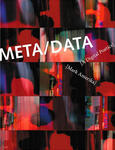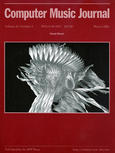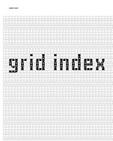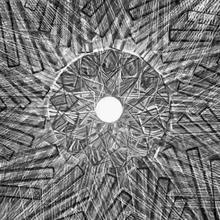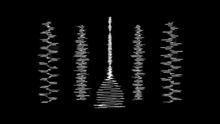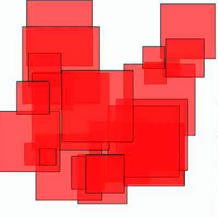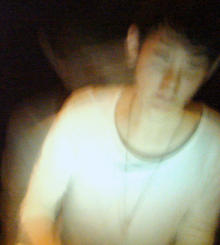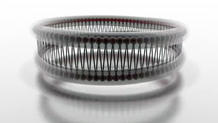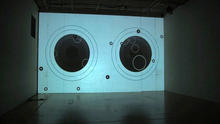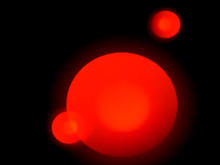Fredrik Olofsson
aka redFrik is a software, video and sound artist born in Sweden and currently residing in Berlin. His work is quite diverse, and includes participation in the interactive art project MusicalFieldsForever and the audiovisual duo, klipp av.
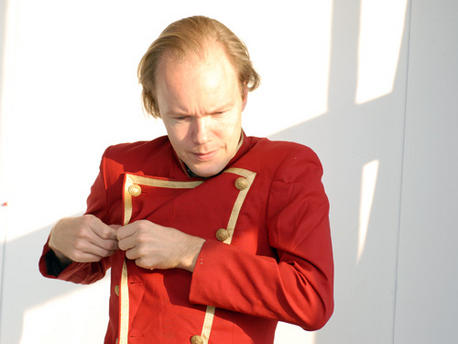
Maximum CV on Fredrik Olofsson's website.
Fredrik Olofsson is educated in music composition at the Royal Music Academy in Stockholm and at the Music College in Piteå. He writes software for interactive installations, fiddles with electronics and performs audiovisual pieces under the alias redFrik.
Source: HfM Karlsruhe
Code and programming is a fundamental part of Fredrik Olofsson’s life and work. Most of his activities revolve around computers and what they can and cannot do. Solo works include the audiovisual performance piece redUniform where the core part was developed during a six months residency at IAMAS, Japan. Collaborations include twelve years with the group MusicalFieldsForever, making interactive art for museums, exhibitions and public spaces. He is also working as a researcher on the Rhyme project in Norway and teaches the computational art class at UdK in Berlin.
Source: Digital in Berlin
